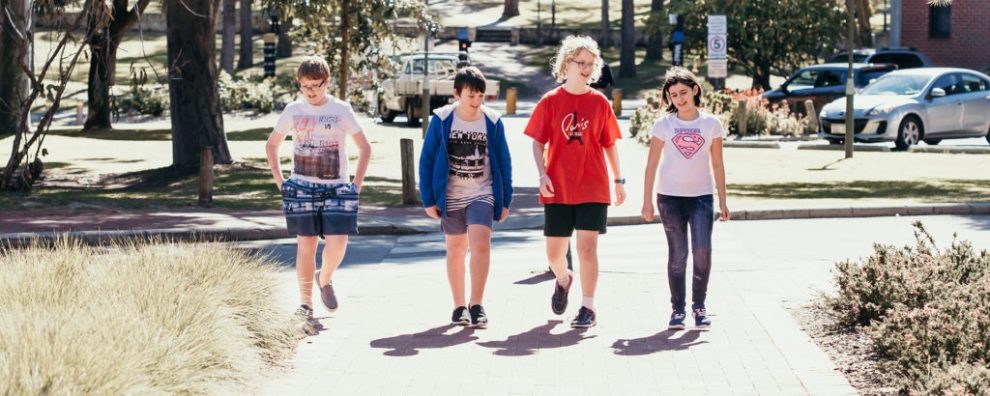Do you have plans to study in Australia but feel intimidated by how you’re going to deal with financial demands? Worry no more, we’re here to equip you with the necessary information needed to turn your dreams into reality. As per the statement released by the Australian government, an individual who wishes to visit the Land Down Under mainly for education needs to at least have AU$20,290 to cover the living expenses for 12 months. It includes the accommodation, transportation cost to school or university, food, social activities, and other little stuff needed daily. However, the said figures exclude tuition fees and travel costs to and from the country. Students who wish to study and live here must prepare a financial plan with careful research to avoid spending more than what would be beneficial for them. There’s no doubt that Australia has a relatively high cost of living but, wages here are pretty much higher too if you were to compare it to most countries.
A weekly breakdown of the expenses
Australia has been considered as one of the top destinations to study abroad but it comes with a price. Regardless if you choose to stay at on-campus student lodgings or share house, accommodation remains to be the least negotiable expense for an international student. Phones and the internet together with power and gas are also unavoidable expenses. If you’re eager to save, you can tweak some of your budgets like those allocated for the food, entertainment, or social activities. We’ve created a weekly break down on to where your $20,290 will be allocated.
- Rentals – $140
- Groceries and eating out – $130
- Power and gas – $20
- Phone and internet – $20
- Transportation – $40
- Entertainment / Social Activities – $40
The above figures still vary from the style of living you wish to maintain and to the university that you preferred to enroll. Prices of the expenses also vary depending on the city in which you choose to study. Sydney ranks first as the most expensive city in Australia followed by Melbourne, Perth, Canberra, Brisbane, and Adelaide, respectively.
The cost of accommodation
As you’ll notice, house rental fees will be your biggest living expense, covering the big portion of the entire budget of $20,290. This presumes that a student has chosen to sign a year-long lease and stay throughout the holidays. Rental fees during semesters are relatively high however on the summer holidays, you can find some cheaper accommodations.
If you prefer to stay in Melbourne, a rental fee for a share house ranges from $150 to $300 per week. If you don’t want to spend that much and would like to at least find cheaper rent, it means being further from the city, living with more older people or run-down accommodation. To give you an idea, in a suburb like Melbourne’s Bundoora, a room roughly cost $150 a week.
In this country, the majority of the residential tenancy agreement includes the payment of a rental bond which is common for long-term leases. The amount of rental bond varies for each state and usually required as a security deposit. The bond is created to protect the owner against damage done to the property or to cover any debt to the landlord. Be sure to read the agreement thoroughly and keep this in mind before signing any lease.
Here’s a preview of the rental bond associated with each state:
- Victoria – A maximum of one month rent unless the rental fee is about $350 a week. Any other amount can be negotiated between parties.
- Western Australia – If the weekly rental is $1,200 or less, it is required to pay an equivalent of 4 weeks’ rent.
- South Australia – If the weekly rental fee is $250 or less, a payment for a maximum of 4 weeks’ rent is compulsory and if its more than $250, a 6 weeks’ rent should be paid in advance.
- Other states and territories not mentioned above require at least a maximum of 4 weeks’ rent.
Focus on your goal to achieve your dream. There are many ways to squeeze out your money further and to get the most out of your Australia education experience.












